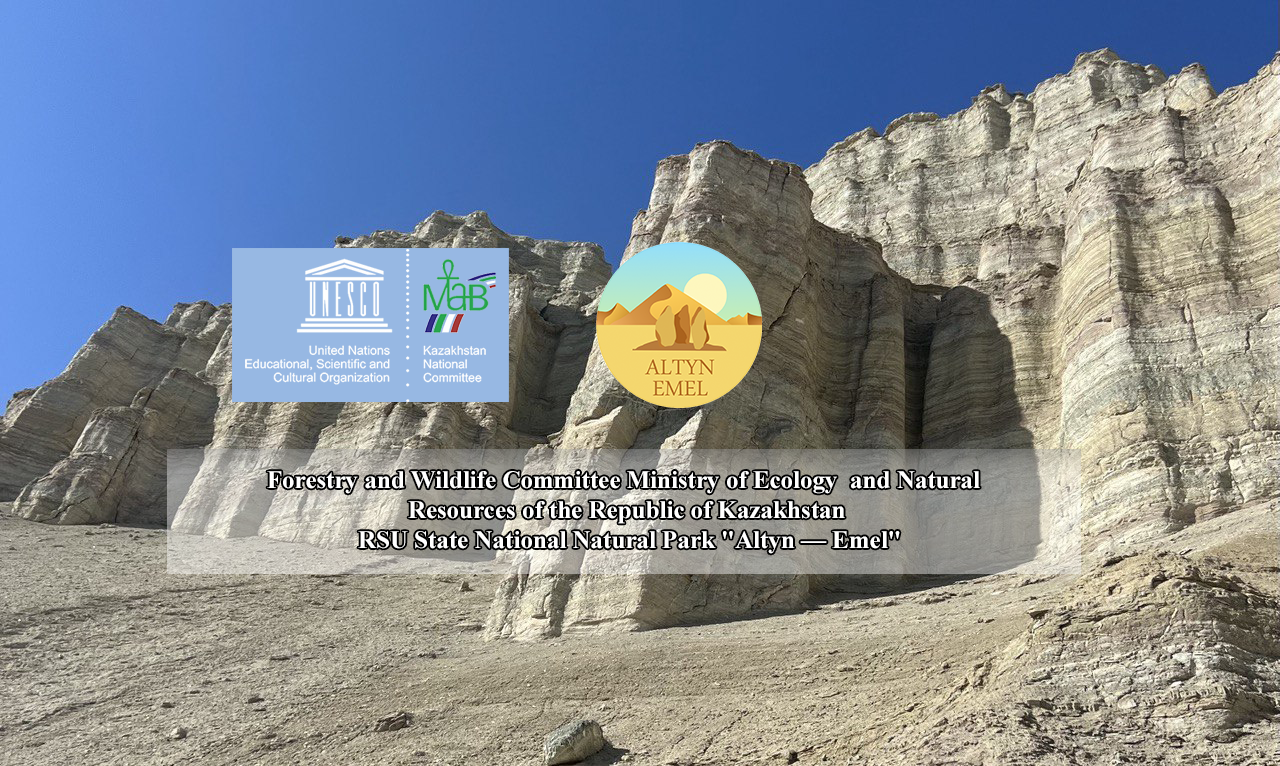How much does it cost to enter a national park?
Price figure (per day) based on the Monthly Estimated Rate (MER):
- Entrance to the territory of the national park (from pedestrians) - 02 MRP
- Motorcycles, mopeds, quad bikes n-0.6 MRP
- Entry of passenger cars n-0,9 MRP
- Entry of minibuses and trucks with up to 16 seats - 3.5 MRP.
- For entry of buses with up to 32 seats-7 MRP
- For entry of buses with more than 32 seats-10.5 MRT
- Accompanied by a guide specialist-0.4 MRP.
- Provision of parking lots for transportation, per one place per day -0.06 MRP, per 1 vehicle;
To book a hotel by phone number: 8 705 610 25 11.
Rules for Visiting Specially Protected Natural Territories
The Order of the Acting Minister of Agriculture of the Republic of Kazakhstan from September 1, 2010 № 555 determines the rules for visiting specially protected natural areas by individuals for scientific, ecological-educational, tourist, recreational, and limited economic purposes.
RULES FOR VISITING SPECIALLY PROTECTED NATURAL TERRITORIES BY INDIVIDUALS
The basis for visiting the territory of a nature protection institution is the presence of a confirming document of payment for the use of protected areas for scientific, ecological-educational, tourist, recreational, and limited economic purposes, in accordance with the tax legislation of the Republic of Kazakhstan. The document confirming payment for the use of protected areas must be retained until the end of the visitor's stay.
ON THE TERRITORY OF THE SPNA IS ALLOWED:
- Movement by mechanized and tracked vehicles on public roads and special roads of excursion routes, on unpaved forest and field roads of SPNA, parking in specially equipped places, except for areas with a protected area regime.
- Conducting organized excursions and tourist trips, previously agreed upon with the administration of the PA along established tourist routes and trails, accompanied by guides or guides-inspectors of the PA.
- Amateur gathering of wild fruits, berries, mushrooms, medicinal herbs, haymaking, firewood collection and other types of traditional nature management in specially designated areas, except for areas with a protected status.
- Holding sports and ecological-educational events, tourist gatherings upon agreement with the administration of the nature protection institution.
- Conducting professional and amateur photo-video shooting.
- Conducting educational practices.
- Collection of herbarium, soil samples for educational purposes, except for areas with protected areas.
IT IS NOT ALLOWED IN THE TERRITORY OF THE PROTECTED AREA:
- Being in a protected area without a supporting document of payment for the use of the protected area.
- At night, it is forbidden for tourists; on a service vehicle, on foot, on a motorcycle or by car, to travel and pass through checkpoints.
- Drive off and pass outside public roads or special excursion trails and tourist routes, unpaved forest and field roads of the SPNA.
- Parking of motor vehicles and other mechanical means outside the established places.
- Parking and washing vehicles and other mechanical means on the banks of water bodies, washing dishes, laundry, bathing pets.
- Motor yachts, boats, motor boats, scooters, except for motorized watercraft used by the State Inspection for the Protection of Protected Areas.
- Making fires, installing braziers, hearths for cooking outside of specially designated and equipped places.
- Fishing with nets and other prohibited tools and means.
- Seizure of wild animals, scaring away and feeding wild animals.
- Destruction of nests, dens, lairs and anthills.
- Destruction and spoiling of natural, historical, cultural and archaeological monuments.
- Collecting and digging up wild woody, shrubby, herbaceous plants and medicinal raw materials outside the authorized collection sites.
- Breakage and damage of visual aids (stands, panels, placards, etc.), forestry, forestry and land management signs.
- Littering of soil cover with household garbage and wastes, inscriptions and drawings on buildings, trees, stones and rocks.
- Unauthorized grazing, haying, timber harvesting and other illegal forest use.
- Other activities that disturb the natural development and preservation of the objects of the state natural reserve fund and natural complexes.
- The administration of the national park due to the migration of wild animals, due to bad weather conditions, etc., may limit the travel of tourists to tourist destinations.








